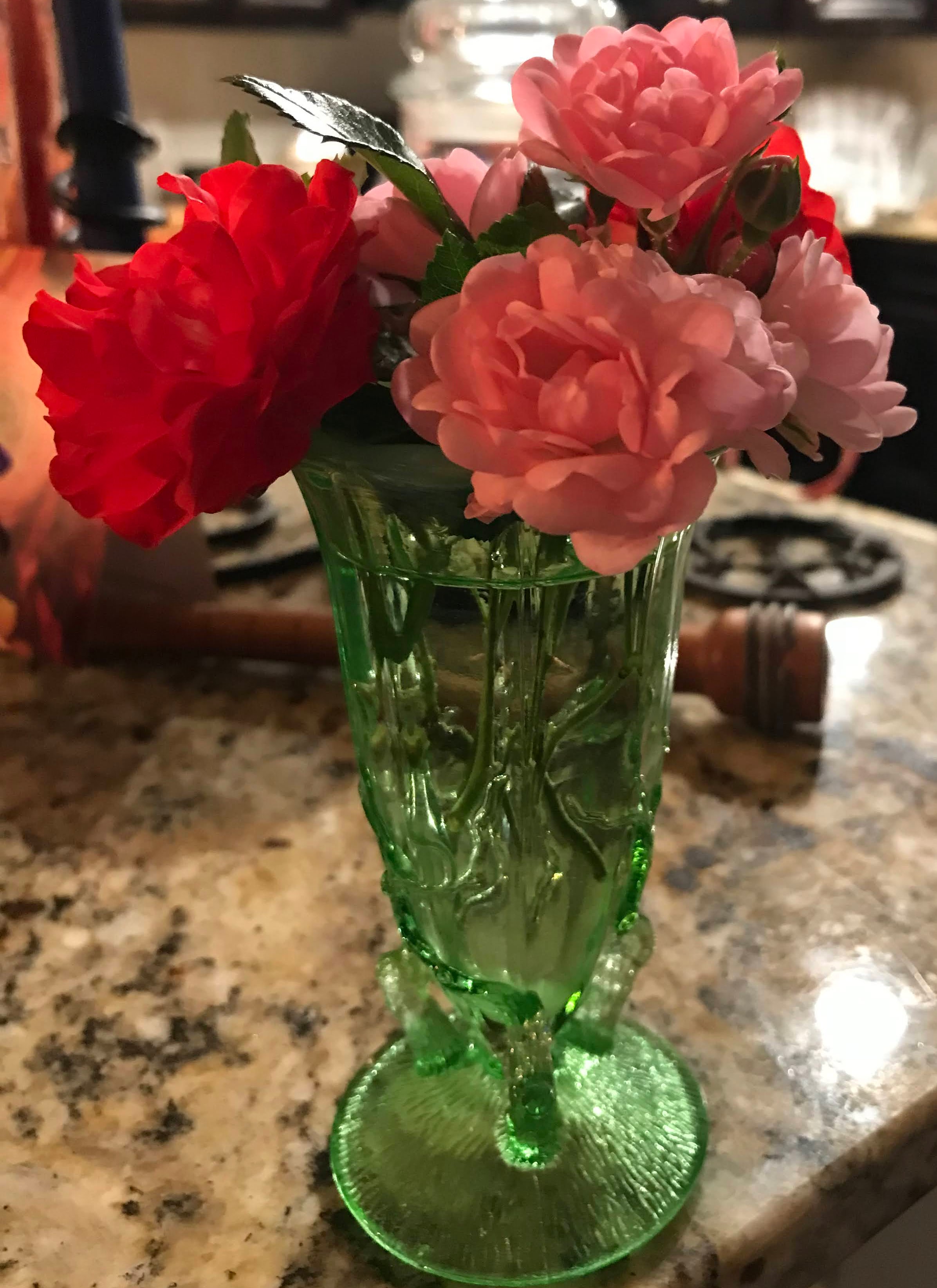Snapshots of Dementia: What You Don’t See
(Unsplash) Marriage to someone who is living with dementia has taught me lots of things, many of which I’ve shared on this forum. I’ve learned about the disease, about the changing needs of people LWD, and about myself. I’ve also learned that, all along the way, there’s a lot those not in this situation don’t see—even when they spend time with someone LWD. This is true not because anyone is trying to hide or have secrets but simply because what we observe in a few minutes—or even a few hours—of anyone else’s life, LWD or otherwise, never gives us the whole picture. Even my snapshots of dementia, as transparent as I seek to be, are just that: snapshots, small glimpses, and usually from my own perspective. Although I’ve tried to give Tom’s perspective a time or two, that’s getting more and more difficult to share. Here, then, are some glimpses of what you do and don’t see (or would and wouldn’t see, if it were possible) when you see Tom and me: WHAT YOU DO SEE: Tom and Marti arriving at church, medical appointment, or another scheduled outing. WHAT YOU DON’T: The time it takes to get ready to leave. This includes last-minute bathroom trips or changes of clothes if he has spilled something along with finding sunglasses, reading glasses, sweater, and other necessary but often-misplaced items as well as (often) going back to close whichever door he exits and forgets to close. WHAT YOU DO SEE: Tom smiling and nodding, enjoying others’ company. WHAT YOU DON’T: Tom recalling fewer names and participating less and less in discussions because he can’t come up with quick responses. WHAT YOU DO SEE: Tom eating an unusually heavy meal, often with dessert. WHAT YOU DON’T: Tom’s lack of appetite control; he can eat a huge amount or very little without realizing what he’s doing or feeling either hungry or full. WHAT YOU DO SEE: Tom adding excessive amounts of salt, pepper, or both to his food. WHAT YOU DON’T: Tom’s dementia has stolen his sense of smell, which has diminished his sense of taste. As his dementia worsens, this seems to be worsening too. WHAT YOU DO SEE: Tom wearing a sweater, long sleeves, and long pants even when temperatures are in the eighties or nineties. WHAT YOU DON’T: Tom’s brain doesn’t process temperature well, and he is often cold. We keep a blanket in the car and a cardigan in the pouch on his walker to try to combat this problem. WHAT YOU DO SEE: Tom following behind me with his walker. WHAT YOU DON’T: Him becoming nervous and unsure where to go when I’m not in front of him. I...
Read More









